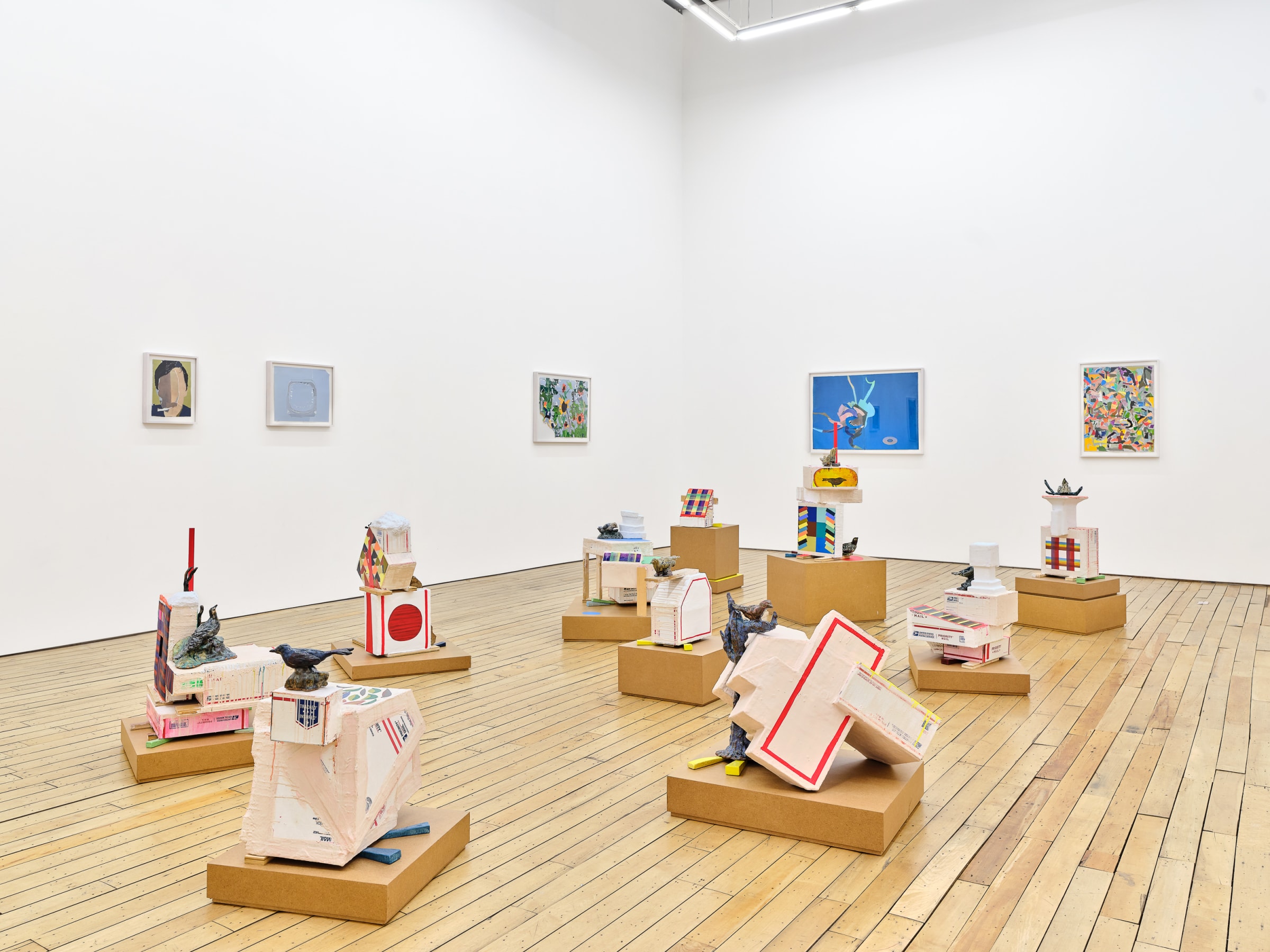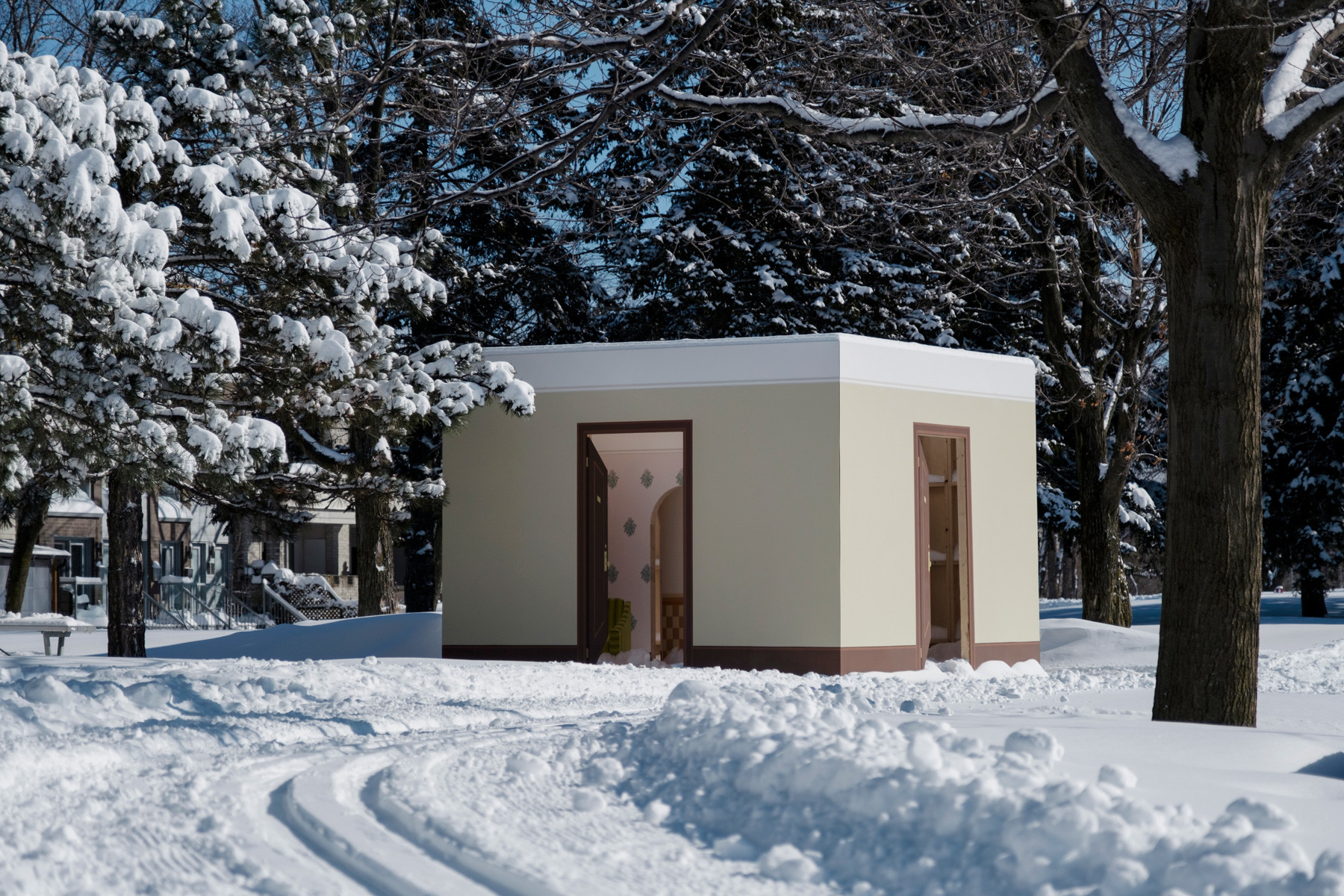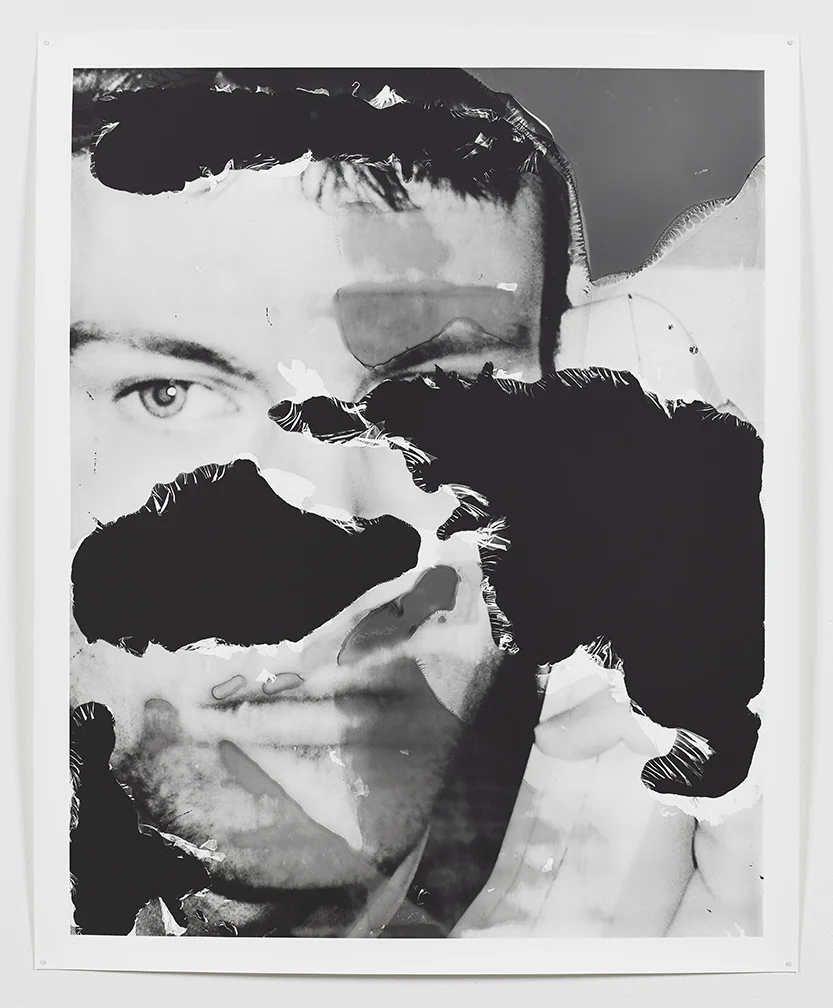The Selection Committee
RADIO SHOW
︎ subscribe to our mailing list! ︎
follow on instagram for news!
LIVE every other Tuesday from 4-6 pm
on Newtown Radio
in association with
International Objects & International Waters
Listen to Newtown Radio live HERE!
or live on Mixcloud HERE!
Past shows can be streamed on Apple Podcasts
below, or on Mixcloud.
Upcoming shows:
December 16:
Pam Lins
`

Pam Lins
December 16, 2025
- Calling Occupants Of Interplanetary Craft (The Recognized Anthem Of World Contact Day), Carpenters, 1977
-
More Than This, 10,000 Maniacs, 1997
-
(Theme From) Valley of the Dolls, Dionne Warwick, 1968
-
The Letter, Arthur Russell, 2004
-
Everybody's Talkin' - From "Midnight Cowboy", Harry Nilsson, 1968
-
La La Love You, Pixies, 1989
-
Everybody's Talkin', Iggy Pop, 2022
-
Let Love Flow On, Sonya Spence, 1981
-
Fast Car, Tracy Chapman, 1988
-
Killing Me Softly With His Song, Fugees, Ms. Lauryn Hill, 1996
-
Silly Games, Janet Kay, 2016
-
Single Ladies (Put a Ring on It), Beyoncé, 2008
-
Superstar, Sonic Youth, 1994
-
Rockin' Back Inside My Heart, Julee Cruise, 1989
-
TNT, Tortoise, 1998
-
These Days, Cat Power, 2022
-
I'm Easy, Keith Carradine, 1975
-
Women of the World: Take Over, Jim O'Rourke, 2025
-
Jet Plane, Sonya Spence, 1978
-
Waterfalls, TLC, 1994
-
I Say a Little Prayer, Aretha Franklin, 1968
- Let the River Run, Carly Simon, 1989
Pam Lins (b. Chicago, IL) earned an MFA from Hunter College, New York, NY in 1995. The artist has been in institutional exhibitions at venues including the American Academy of Arts and Letters, New York, NY (2022); Aldrich Contemporary Art Museum, Ridgefield, CT (2018); Museum of Contemporary Art Detroit, Detroit, MI (2017); White Columns, New York, NY (2015); the Lewis Center for the Arts at Princeton University, Princeton, NJ (2015); The Tang Museum, Saratoga Springs, NY (2012); The Suburban, Chicago, IL (2012); the Brooklyn Museum, Brooklyn, NY (2012); CCS Bard Galleries, Annadale-on-Hudson, NY (2012); Artists Space, New York, NY (2005); and the Socrates Sculpture Park, Queens, NY (2004). Lins has recently worked with artist-run spaces including Room 3557, Los Angeles, CA (2024) and was recently honored at the the KAJE Annual Benefit (2025). The artist was included in the 2014 Whitney Biennial, and is the recipient of multiple awards and fellowships, including The Louis Comfort Tiffany Foundation Award, The Anonymous Was A Woman Award, The Brown University Howard Foundation Fellowship, The John Simon Guggenheim Foundation Fellowship Award and the David and Roberta Logie Fellowship at the Radcliffe Institute for Advanced Study at Harvard University. In 2007, Pam Lins and Trisha Baga cofounded Ceramics Club, an ever-evolving, direct action organization that brings artists together to collaborate and raise money for a variety of progressive causes. Ceramics Club will partner with White Columns for an upcoming benefit exhibition in November 2025. Lins has held teaching positions at The Cooper Union, The Milton Avery MFA Program at Bard College, and Princeton University where she is currently the Interim Director or the Visual Arts Program. Her work is in the permanent collection of the Tang Museum, Saratoga Springs, NY. Lins lives and works in Brooklyn, NY.









Meredith James
December 2, 2025
The charming artist Meredith James joins the Selection Committee Radio Show to discuss her current show “The Exit” at Marinaro Gallery in New York through December 13, 2025.
In 2019, James became intrigued by a building near her home in TriBeCa. After some finagling she managed to get inside and take some pictures of an abandoned office space—designed for efficiency with low cubicles and drop ceilings—which eventually led to the work in “The Exit.” Depicted in each of the four photographs in the exhibition is a mirror, and reflected in each of the mirrors is another mirror. James then translated the resulting mesh of nested spaces into four exquisitely produced dioramas which represent the reflected images in a fractured, uncanny three dimensions. Each one is a kind of ontological puzzle box, with the viewer trying to piece together the logic of the space and missing, like a vampire, her own reflection.
James’ focus on the relationship between image, space, and experience is evident in her earlier work as well. Day Shift, 2009, features a security guard who watches a closed-circuit monitor of what looks like the same office she is sitting in. She leaves the office and walks through whatever space the work is shown in (James reshoots this part of the video every time the work is shown in a new place) and goes out to her truck—where she climbs through the back window into a miniaturized version of the office space. The video is then displayed on the closed-circuit monitor in the miniaturized office space installed in the gallery, retranslating the logic of cinema and dreams back into the real world.
Her work often incorporates these kinds of practical effects as well as optical illusions that push questions of scale and perspective, and she insistently uses only analog effects. We discuss many more of James’ pieces, including her large-scale public sculptures, and what it means for people to interact with her work, particularly people outside the art world.
James is a sculptor at heart, and we talk about her belief from childhood that objects can carry with them not only the history of their use and the lives they have touched, but also past time itself. In that sense her work doesn’t just create visual and conceptual loops, but time loops as well.
Inspired by sources as varied as Maya Deren, Chantal Ackerman, walks around the city, and the cartoon Adventure Time, James’ work always contains a sincere meditation on the time and space of living. Along with a playlist of very personal songs, Meredith brings an illuminating conversation about her kaleidoscopic point of view.
- Seven Days: Tuesday Afternoon, Gregory Spears, Pedja Muzijevic, 2025
- Rain, The Clientele, 2000
-
(I Can’t Seem to) Make You Mine, The Clientele, 2005
-
Place To Be, Nick Drake, 1972
-
The Devil Is Loose, Asha Puthli, 1976
-
I'll Be Your Mirror, The Velvet Underground, 1967
-
Pillow Talk, Sylvia, 1996
-
Hey Cowboy, Lee Hazelwood & Nina Lizell, 1970
-
Happy New Year, Camera Obscura, 2001
-
By the Sea, Wendy & Bonnie, 1969
-
Time Adventure (feat. Olivia Olson, Niki Yang & Hynden Walch), Adventure Time, 2018
-
Waving to You (feat. Rebecca Sugar), Adventure Time, 2018
-
Source Decay, The Mountain Goats, 2002
-
Another Girl Another Planet, The Only Ones, 2006
-
Granny, Vic Chesnutt, 2009
-
Charlie Zink, Bob Martin, 1972
-
Chelsea Hotel #2, Leonard Cohen, 2002
-
Every You Every Me, Placebo, 1998
-
Where Is My Mind?, Pixies, 1988
- Clouds, Hiroshi Yoshimura, 2017
Meredith James completed her AB at Harvard University and her MFA at Yale University. She had a museum exhibition at the Queens Museum, NY and has had solo shows at Jack Hanley Gallery, NY; LaMontange Gallery, Boston; and Marc Jancou, NY. She has installed major public art projects at Socrates Sculpture Park, NY; The Rose Kennedy Greenway, Boston; and Lieu Histrorique National Center-Brébeuf, Quebec City.








Eileen Quinlan
November 18, 2025
Appropriately enough for her gritty, challenging, yet lyrical work, the great photographer Eileen Quinlan joins me with a playlist about heartbreak.
In this wide-ranging conversation, Quinlan discusses the arc of her career, from her breakout body of work in grad school to her most recent experiments. Consistent throughout her explorations in photography is a focus on process, mortality, and the haptic.
Quinlan goes into the long-established relationship between photography and mortality and how moments of flux and change are central to her project. For her, this focus on transformation includes both the subject(s) of the photographs as well as the photographic medium itself.
Working in a “wrong and slightly backwards way,” Quinlan has always used experimentation as a key modality in her process; her failures become a kind of language, the focus of the work, the evidence of her struggle or hand. We discuss how she came to work in this way—her background in advertising and commercial photography and her early fascination with spirit photography—and how the process has informed her development as an artist.
With a great sense of humor Eileen Quinlan tackles big questions of photography and life—listen in!
Complete playlist below; tracks in yellow were cut for time.
- Bring It On Home to Me, Sam Cooke
-
Everything She Wants, Wham!
-
Ex-Factor, Ms. Lauryn Hill
-
Grapevine, Weyes Blood
-
Happiness is a butterfly, Lana Del Rey
-
Heartbreak Anniversary, GIVĒON
-
Idiot Wind, Bob Dylan
-
I Know It's Over, Jeff Buckley
- I'm So Tired, The Beatles
-
Isn't It A Pity, Galaxie 500
-
Never Let Me Down Again, Depeche Mode
- Pissing In a River, Patti Smith
-
Shivers, The Boys Next Door
- Sour Times, Portishead
- Trouble, Yusuf / Cat Stevens
- The Wedding List, Kate Bush
- You Don't Know What Love Is, Chet Baker
Eileen Quinlan (b. 1972, Boston) earned her MFA from Columbia University in 2005 and had her first solo museum exhibition, My Eyes Can Only Look at You, at The Institute of Contemporary Art, Boston in 2009. Her first survey show, Wait For It, at the Kunstverein für die Rheinlande und Westfalen, Düsseldorf, was held in 2019. In the spring of 2023, Quinlan’s seventh solo exhibition at Miguel Abreu Gallery, The Waves, was presented.
Quinlan’s work was included in New Directions at the Eastman Museum in Rochester (2024); Changes, mumok, Vienna (2022–23); Warhol, People and Things, Casa São Roque, Porto, Portugal (2022–23); Invitational Exhibition of Visual Art, American Academy of Arts and Letters, New York (2022); Artist’s Choice: Amy Sillman—The Shape of Shape, Museum of Modern Art, New York (2020), Objects Recognized in Flashes, a major group exhibition curated by Matthias Michalka, at mumok, Vienna, alongside Michele Abeles, Annette Kelm, and Josephine Pryde (2019); Passer-by, Lafayette Anticipations, Paris (2019); Picture Industry: A Provisional History of the Technical Image, 1844–2018, LUMA Foundation,
Arles (2018); VIVA ARTE VIVA, the 57th International Art Exhibition, curated by Christine Macel, Venice Biennale(2017); and Always starts with an encounter: Wols/Eileen Quinlan, organizedby Radio Athènes and curated by Helena Papadopoulos, Museum of Cycladic Art, Athens (2016).
Previously, Quinlan participated in Image Support at the Bergen Kunsthall, What Is a Photograph? at the International Center for Photography, New York, and New Photography 2013 at the Museum of Modern Art, and in other group and solo exhibitions at the Metropolitan Museum of Art, the Hammer Museum, White Columns, the White Cube Bermondsey, the Langen Foundation, Mai 36, Miguel Abreu Gallery, Marian Goodman Gallery, Andrea Rosen Gallery, and Paula Cooper Gallery, and Emanuela Campoli Gallery, among others.




November 4, 2025
Patrick Carlin Mohundro is an artist, educator, and rogue gallerist who lives and works in New York City. He joins me to discuss his two-person exhibition (with Nathaniel de Large), “Magnolium,” on view at International Waters from September 27 through December 14, 2025. In honor of the exhibition, which features 14 sculptures composed of a stained-glass flower radiating from the business end of a hammer, Patrick brings us a botanical playlist.
We talk about Mohundro’s journey into the world of stained glass and how he came to find the form of the flower in his work. (It started with an Oscar Mayer hot dog…!) He speaks movingly about his collaboration with Nathaniel de Large and how important working with other people has been in his life and work.
A big part of that collective action has been his long-running Project Art Distribution (P.A.D.). Started when he was in grad school, P.A.D. is an intermittent exhibition program that happens mostly in SoHo on a moving blanket/furniture pad with artwork priced mostly at $75 or less. Every iteration of P.A.D. is different, and includes a press release and checklist of works. Hundreds of artists have participated in the project over the years: a group of artists hanging out for the better part of a day interacting with the public on the street. P.A.D. has now grown to include participation in art fairs and more traditional gallery exhibitions, but the project continues in its original form.
Mohundro’s entire artistic project involves risk and work, force and fragility, conversation and community. His warmth, humility, and earnest sense of humor come through clearly in this delightful episode!
Complete playlist below; tracks in yellow were cut for time.
- King of Carrot Flowers Pt. 1, Neutral Milk Hotel
-
King of Carrot Flowers - Pts. 2 & 3, Neutral Milk Hotel
-
Sakura, Steven Halpern
-
Lotus Collage, Laraaji
-
Treetops, Black Dice
-
SAKURA, ROSALÍA
-
Les Fleurs, Minnie Riperton
-
Dead Flowers, Townes Van Zandt
-
Cosmia, Joanna Newsom
- Tape Hiss Orchid, Deerhunter
- Vos flores rosarum; Hildegard von Bingen, Matelda Viola, Stefano Sabene, Schola Romana Ensemble
- Coming Up Roses, Elliott Smith
-
Flor (feat. Benito Martínez), Los Rivera Destino & Benito Martinez
- Willow Tree, Alton Ellis
-
Lost, Picking Flowers in the Woods; Black Moth Super Rainbow
- In The Flowers, Animal Collective
- Lily (My One And Only), The Smashing Pumpkins
- Tree Aliens, Eric Copeland
- KEEP THE FLOWERS; DONDA, Kanye West, Ye
-
La jardinera, Violeta Parra
-
Broccoli, DRAM & Lil Yachty
- Flower, Deerhoof
